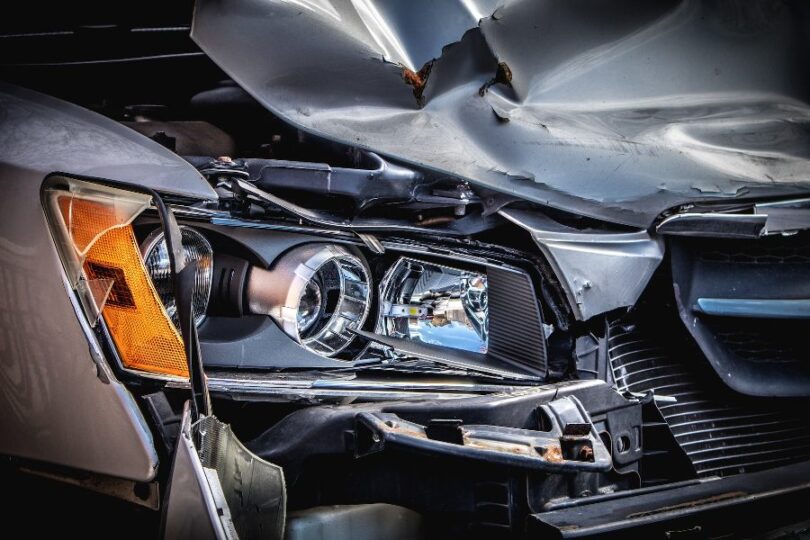In our fast-paced world, rear-end accidents are unfortunately a common occurrence on the roads. These types of accidents can range from minor fender benders to more serious collisions with devastating consequences.
Regardless of the severity, it is important for both drivers and passengers to understand the legal landscape surrounding rear end collisions. From rights to responsibilities, there are various legal implications that come into play during these incidents. It is crucial for individuals to be aware of their legal rights and obligations to ensure that they are properly protected and held accountable in the event of a rear-end accident.
In this article, we will delve into the legal complexities of rear-end accidents and provide insight into the rights and responsibilities of those involved. Whether you have been a victim of a rear-end accident or have been involved in one, understanding the legal landscape can help navigate the aftermath of such a traumatic experience.
Understanding Liability in Rear-End Collisions
In the legal landscape of rear-end accidents, determining liability can be a complex process. While it is commonly assumed that the driver who rear-ends another vehicle is automatically at fault, this is not always the case. Factors such as sudden stops, improper lane changes, or distracted driving by the vehicle in front can contribute to shared liability or even shift the blame entirely.
It is crucial to carefully analyze the circumstances and gather evidence, including witness testimonies and accident reconstruction, to establish a clear understanding of liability in rear-end collisions. Additionally, state laws and regulations regarding negligence, contributory negligence, and comparative fault play a significant role in determining the responsible parties and the extent of their liability.
Proving Negligence in Rear-End Accidents
One key element to establish negligence is demonstrating that the at-fault driver breached their duty of care towards the other vehicle involved. This can be done by showing evidence of factors such as distracted driving, speeding, tailgating, or failing to maintain a safe distance from the vehicle in front.
Additionally, gathering supporting evidence such as photographs, video footage, and expert testimonies can strengthen the case. It is important to consult with an experienced attorney who can guide you through the legal process and help gather the necessary evidence to prove negligence in rear-end accident cases.
Potential Legal Consequences for Drivers
In the aftermath of a rear-end accident, drivers who are found to be at fault may face a range of potential legal consequences. These consequences can vary depending on the specific circumstances of the accident and the jurisdiction in which it occurred.
One possible consequence is being held liable for the damages caused to the other party’s vehicle and property. This can include the costs of repairs, replacement value, or even total loss of the vehicle. In addition to property damages, the at-fault driver may also be responsible for covering medical expenses and any resulting injuries sustained by the other party, including pain and suffering.
Furthermore, drivers found to be at fault may face increased insurance premiums or even the cancellation of their insurance policy altogether. It is important for drivers to be aware of these potential legal consequences and to exercise caution and responsibility on the road to avoid rear-end accidents and the associated legal repercussions.
Seeking Legal Assistance and Protecting Your Rights
Consulting with an experienced personal injury attorney who specializes in car accidents can provide invaluable guidance and support throughout the legal process. They can help gather evidence, negotiate with insurance companies, and advocate on your behalf to ensure you receive the compensation you deserve.
Remember to document all relevant information, such as photographs of the accident scene, medical records, and any conversations or correspondence with the other party or their insurance company. By taking these steps and working closely with a qualified attorney, you can safeguard your rights and navigate the complex legal landscape surrounding rear-end accidents.
Understanding the legal landscape of rear-end accidents is crucial for both drivers and victims. While drivers have a responsibility to maintain a safe distance and avoid careless behavior, victims have the right to seek compensation for any damages or injuries incurred in a rear-end accident. It is important to consult with a legal professional to fully understand your rights and responsibilities in these situations. By being informed and taking necessary precautions, we can work towards preventing these accidents and ensuring justice for all parties involved.
Photo: Clark Van der Beken








